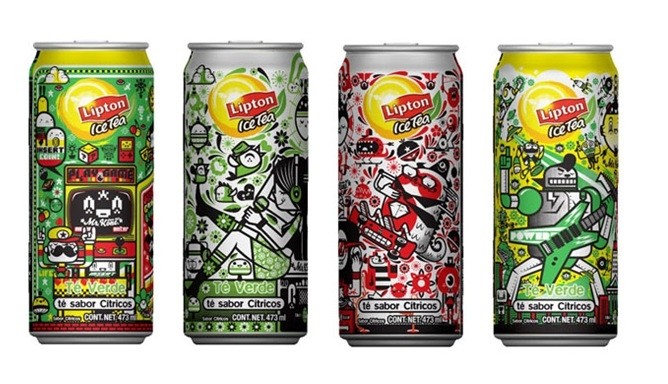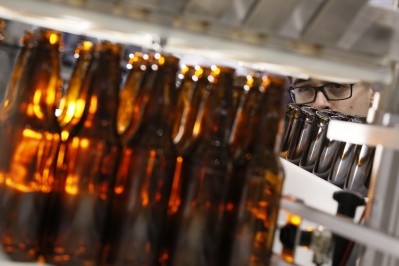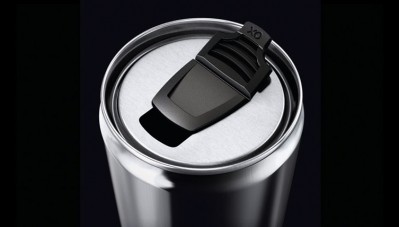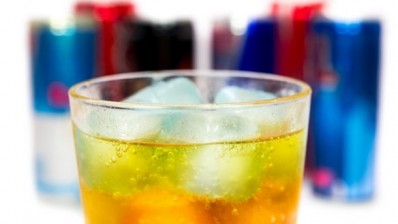PMMI: North American beverage packaging industry to hit $26.3bn in 2015
Crafty cans: energy drinks and microbrew beers make up for soft drink decline

However, the organisation reports surprisingly slow growth for flexible pouches, citing challenges in conveying a premium image, after conducting a survey among beverage manufacturers.
The North American beverage packaging industry is estimated to reach $26.3bn in 2015.
Plastics will continue to be the most popular material (over 40% of the market); while bottles are considered the most popular packaging type (around 55% of the market). These packaging formats are expected to provide the growth for the sector in the coming years.
Craft beer cans
Although aluminium can sales have suffered from a decline in soft drink sales, growth in categories such as energy drinks and microbrew beers (craft beers from small, independent and traditional breweries) are ‘more than making up for the lost volume.’
Jorge Izquierdo, vice president market development, PMMI, told FoodProductionDaily.com microbrewers previously used bottles as standard, but are starting to turn to cans as well.
“In the US, the growth of craft beer from small breweries has been very significant in the past year,” he said.
“It’s interesting: craft beer is limited production, but on the other hand, [the sector] is growing. Microbrewers are trying to reach other markets, and craft beer is usually more expensive so they’re trying to make it more affordable.
“Cans hadn’t been an option, but they’re starting to use more and more of them. The appearance of a craft beer in a glass bottle seems to be better for the consumer, however, cans have a better price point," Izquierdo added.
“There’s a good opportunity to go with cans, different shapes and labels and colours, different textures.”
What does your packaging say about you?
The amount of beer consumed in the US is slowly decreasing, but the money spent on beer is increasing, Izquierdo said.
“People are going more for quality, and that’s one of the reasons why craft is growing tremendously. So I guess that’s a great opportunity, it might be more expensive but it might be what consumers want."
Some consumers are willing to pay more for a premium product and an ‘experience,’ Izquierdo said. As an example, he points to Coca-Cola, which has put people’s names on its packaging.
“It’s the same product, however, it’s more about the consumer experience,” he said. “It’s how you can play around with it and make it more the experience you want. People are prepared to pay more, that’s happening with packaging and consumer products.”
Key trends
Beverage marketers see the packaging as the main way to communicate a brand and differentiate a product, said Izquierdo. New sizes – such as taller, thinner containers to stand out from shorter cans – are being developed.
Some companies are exploring how they can make aluminium cans re-sealable, while others are working on distinctive textures (for example, rough sandpaper, grooved edges, extra glossy).
Brands are using shrink sleeves for a full bodied label, and experimenting with pack sizes beyond the traditional 6, 12, or 24 pack format.
A slouch for pouches
Although pouches have been doing well in other categories such as baby food, the most significant surprise of the study was slower than expected growth of flexible pouches in the North American beverage industry.
Brand owners worry pouches don’t look good on the shelf compared to bottles or cans, and that it is harder to convey a premium brand image, said Izquierdo.
Companies also had bad experiences when they rolled out new products a few years ago and over-saturated consumer demand, resulting in losses and dampening confidence in the packaging.
Beverage manufacturers are also sceptical about the cost and ‘significantly slower’ filling speeds of pouches.
Pouches are most likely to be successful when marketed to consumers who are aged between 6 and 35, and are more comfortable with the packaging, Izquierdo added. “I would say they’re much more popular with babies, and younger kids. Brand owners have concerns how pouches are perceived in terms of quality or premium experience.”











